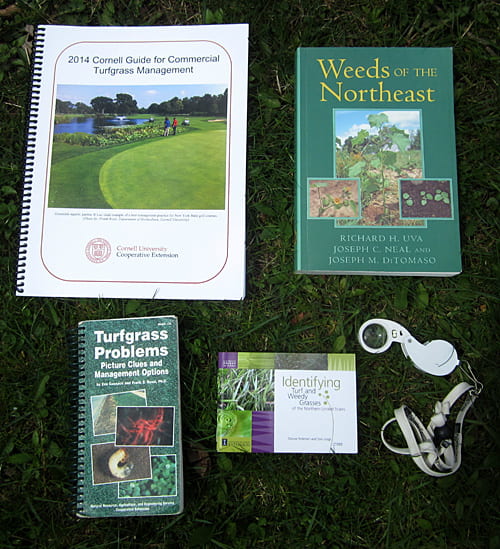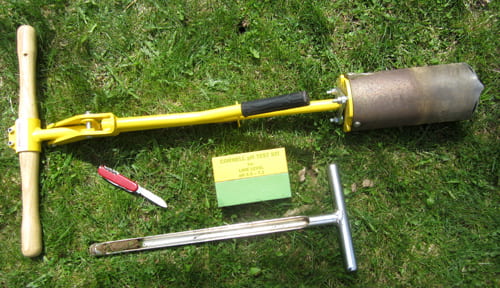Begin with field assessment

Field assessment involves analyzing the condition of the field as well as conducting a thorough review of all current management practices that influence field condition and performance.
Managers should walk their fields regularly with coaches and administrators to identify those fields that need immediate attention for safety reasons and playability. Field assessments should be conducted before and after spring sports, before and after summer sports camps, before the fall football season and at the end of the season.
Areas that require immediate attention can be identified by crew members once they are trained on what to look for. The more information you have on hand, the better you can tailor your field management practices to keep the field functional and safe. Crews can assist managers by communicating their observations.
Writing detailed observations, keeping maintenance records, documenting use and taking photos can help you assess how play impacts the turf density and playability of each of your fields. This data will help you prioritize which fields need immediate attention. Keep in mind that written documentation can be very useful when requesting additional resources to make field improvements.
The Cornell Sports Turf Field Assessment Sheet lists a number of factors that must be observed and rated when evaluating field conditions. The results will help you decide if you should continue your current management program, reassess your program or decide if renovation is needed. An example of a completed Field Assessment sheet.

Site assessment tools include:
- Knife
- Soil probe
- pH kit
- Grass and pest identification books
- Camera.
However, your eyes may be the best tools of all. Address the following questions as you walk your fields:
- Does the turf look green and healthy?
- Are good healthy roots present?
- What is the degree of bare and worn areas?
- What is the condition of the playing surface?
- What about the degree of compaction?
- Is standing water present?
- Are there any clues about field drainage?
- How much pest pressure, percent weed, insect and disease pressure, is present?
Ohio State University had developed the Report Card for Rating Athletic Fields which is another valuable management tool to use when assessing fields, determining management strategies and tracking progress towards achieving field improvement goals. Directons for using the OSU report card.


